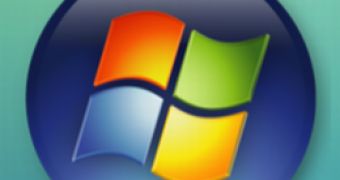Windows Vista is a resource hog and it will suck your system dry if you don't provide it with enough horsepower. The latest Microsoft operating system goes through CPU cycles like they were butter, and it lives in full with 3 or even 4 GB of RAM and with a strong GPU. But there is a new hardware component coming, just for Windows Vista. On top of the traditional hardware that we have become only too accustomed to, NAND-Based Flash Memory will deliver Vista an extra edge of performance.
And Microsoft announced a partnership with Dell and Intel designed to drive the adoption of NAND Flash Memory in computers. According to the Redmond Company, the trio will work to deliver a standard interface for nonvolatile memory systems. "Several NAND solutions are coming on the scene to take advantage of the ReadyBoost and ReadyDrive features of the Windows Vista operating system," said Bob Rinne, general manager of Windows Hardware Ecosystem at Microsoft. "Standardizing on a common controller interface will enable more integrated operating system support of these solutions moving forward."
The Intel Corporation will chair the newly born Non-Volatile Memory Host Controller Interface (NVMHCI) Working Group with Dell and Microsoft as main contributors. "Nonvolatile memory solutions enable better system performance and lower power consumption as well as facilitate additional benefits such as smaller form factors, quieter systems and improved robustness," said Liam Quinn, director of communications for technology strategy and architecture at Dell. "Dell looks forward to working with industry partners and extending the benefits NVMHCI will bring to our customers."
Microsoft, Intel and Dell have set up to support nonvolatile memory subsystems with a standard software programming interface. The Redmond Company has underlined the fact that Windows Vista and other operating systems will be able to benefit from improved performance from NAND Flash Memory. Hard drive caching and solid-state drives will be enhanced via NAND flash memory storage.

 14 DAY TRIAL //
14 DAY TRIAL //